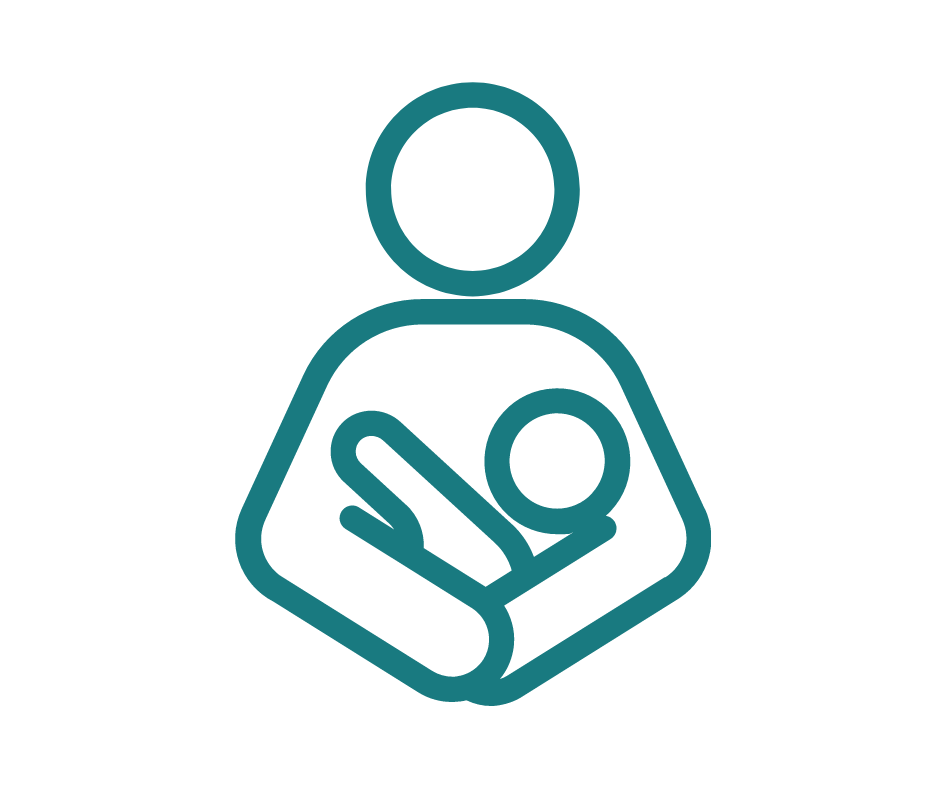When employees return to work after giving birth or adopting a baby, employers have an opportunity to support employees’ productivity, retention, and work-life balance through family-friendly policies. Creating an environment that supports breastfeeding or chestfeeding and expressing milk can be an important strategy to help ease the transition back to work. Breastfeeding or chestfeeding positively impacts the parent and baby’s health and provides economic benefits to the family, health care system and workplace.
Employers who provide a supportive environment for breastfeeding employees enjoy many proven benefits including:
- Lower absenteeism
- Lower health care costs
- Better retention of employees
- Higher productivity and company loyalty
- Positive image in the community as a family-friendly business
Lactation in the workplace self-assessment
Clark County Public Health and our community partner, SW WA Healthy Families, are supporting businesses with the new PUMP for Nursing Mothers Act. We can help employers provide lactation accommodation for their employees at no cost – whether employees are working on site, from home or in a hybrid model.
Our technical assistance includes guidance on how to navigate federal and state requirements for breastfeeding employees through policy and in-person assessment, as well as connecting to resources such as mini fridges, door hangers and decals.
Complete our short Lactation in the workplace self-assessment to get started!
For more information, call 564.397.7312 or contact the Lifecourse team.
Steps to implementing a supportive workplace breastfeeding culture
- Develop and adopt a personnel rule or policy outlining organizational support for milk expression. Get started with a Lactation in the workplace toolkit and sample breastfeeding policy.
- Communicate the personnel rule or policy to management, human resources, and leave administrators.
- Ask employees about their need for lactation accommodations during return-to-work planning.
- Be positive about making the accommodation.
- Do not tolerate harassment, negative remarks, complaints about the employees’ need to take breaks for milk expression or status as a lactating employee.
- Check-in with employee to determine if barriers need to be addressed.
Related links
- Workplace breastfeeding support in Clark County (Spanish)
- Break Time for Nursing Mothers - US Dept. of Labor, Wage and Hour Division
- Business Case for Breastfeeding - Office on Women’s Health
- CDC's Work to Support Breastfeeding
- Resources for breastfeeding employees
